Empower your Core: A Guide to Strengthening Pelvic Muscles
In the intricate tapestry of the human body, the core serves as the keystone, holding together the delicate balance between stability and mobility. Yet, nestled within this complex structure lies an often-overlooked powerhouse: the pelvic muscles. Thes muscles not only play a pivotal role in supporting our frame but also hold the key to a range of essential functions—from maintaining posture to enhancing athletic performance and even aiding in childbirth. As we navigate our daily lives,the importance of a strong pelvic floor can easily slip beneath the radar,yet its impact is profound and far-reaching. In this guide, we will explore the significance of strengthening these vital muscles, delve into practical strategies for empowerment, and uncover the transformative effects that come from nurturing your core. Join us on this journey to build resilience, boost confidence, and unlock the full potential of your body from the ground up.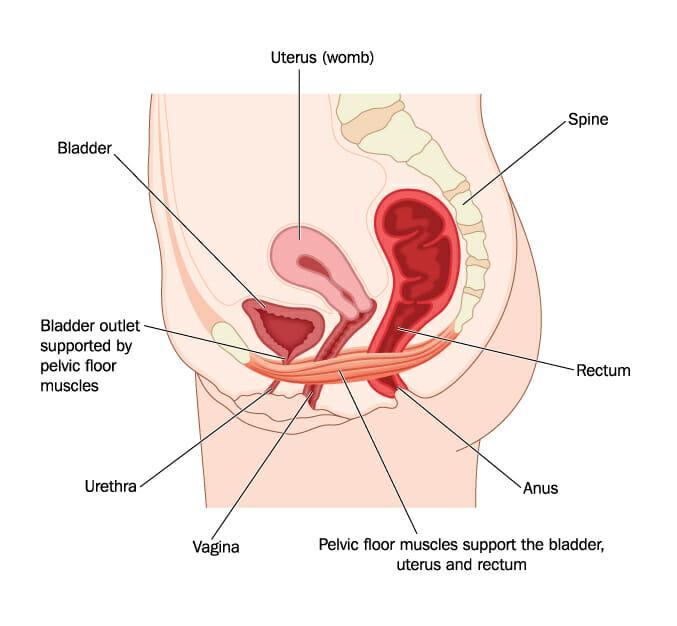
Understanding the Pelvic Floor and Its Role in Core Stability
The pelvic floor is a group of muscles that form a hammock-like structure at the base of your abdomen, supporting vital organs such as the bladder, rectum, and uterus. This intricate network of muscle fibers plays a crucial role in maintaining core stability, working in tandem with other muscles to provide a solid foundation for movement and posture. When the pelvic floor is strong, it enhances the functionality of the entire core system, which includes the diaphragm, abdominal muscles, and back muscles, ensuring proper coordination and balance throughout the body.
Weakness or dysfunction in the pelvic floor can lead to a variety of issues,including incontinence,pelvic pain,and decreased athletic performance. Strengthening these muscles not only fosters better core stability but also improves overall quality of life. Here are some key benefits of a well-functioning pelvic floor:
- Improved bladder control: Reduces the risk of urinary incontinence.
- Enhanced sexual function: Increases sensation and pleasure.
- Support for internal organs: Maintains the position of the bladder, uterus, and rectum.
- Better posture: Contributes to spinal alignment and reduces back pain.
- Increased athletic performance: Supports powerful movements and stability in sports.

Effective Exercises to Activate and strengthen Pelvic muscles
To effectively activate and strengthen your pelvic muscles, incorporating specific exercises into your routine can yield remarkable results. Start with Kegel exercises, which are designed to strengthen the pelvic floor. To perform a Kegel, contract the muscles you would use to stop urination and hold for five seconds, then release. Repeat this 10 to 15 times, three times a day. Gradually increase the duration of each hold as you gain strength. additionally, try bridges, laying on your back with knees bent, feet flat on the floor. Lift your hips towards the ceiling, squeezing your glutes and pelvic floor muscles, and hold for a count of three before lowering. Aim for three sets of 10 repetitions for maximum impact.
Incorporating more dynamic movements can also enhance muscle engagement. Consider adding squats into your regimen. Stand with your feet shoulder-width apart, lower your body as if sitting in a chair, keeping your knees behind your toes, then rise back up. This movement not only strengthens your pelvic area but also engages your core. Another grate option is the plank; assume a push-up position but on your forearms, engaging your entire core and holding for 20-60 seconds. To diversify your routine, here’s a simple table to help you track your exercise frequency and duration:
| Exercise | Sets | Reps/Time |
|---|---|---|
| Kegel | 3 | 10-15 reps (hold 5 seconds) |
| Bridge | 3 | 10 reps (hold 3 seconds) |
| Squat | 3 | 10-15 reps |
| Plank | 3 | 20-60 seconds |

Common Mistakes to Avoid in Pelvic Muscle Training
When embarking on pelvic muscle training, it’s essential to understand some common pitfalls that can hinder your progress. One prevalent mistake is not engaging the correct muscles. Many people accidentally activate their abdominal or glute muscles rather of the pelvic floor, leading to ineffective workouts and potential strain. To ensure proper engagement, try the following:
- Focus on isolation: Before incorporating into complex exercises, practice contracting only the pelvic floor muscles.
- Utilize biofeedback: Consider using devices or apps designed to provide feedback on muscle engagement.
Another mistake is the misconception that “more is better.” While consistency is crucial,overworking your pelvic muscles can lead to fatigue and imbalances. It’s vital to find a balance between strengthening activities and adequate rest. Here are some tips:
- Start slow: Gradually increase intensity and duration of exercises.
- Incorporate variety: mix different exercises to target all aspects of pelvic strength.
- Listen to your body: Pay attention to pain or discomfort and adjust your routine accordingly.
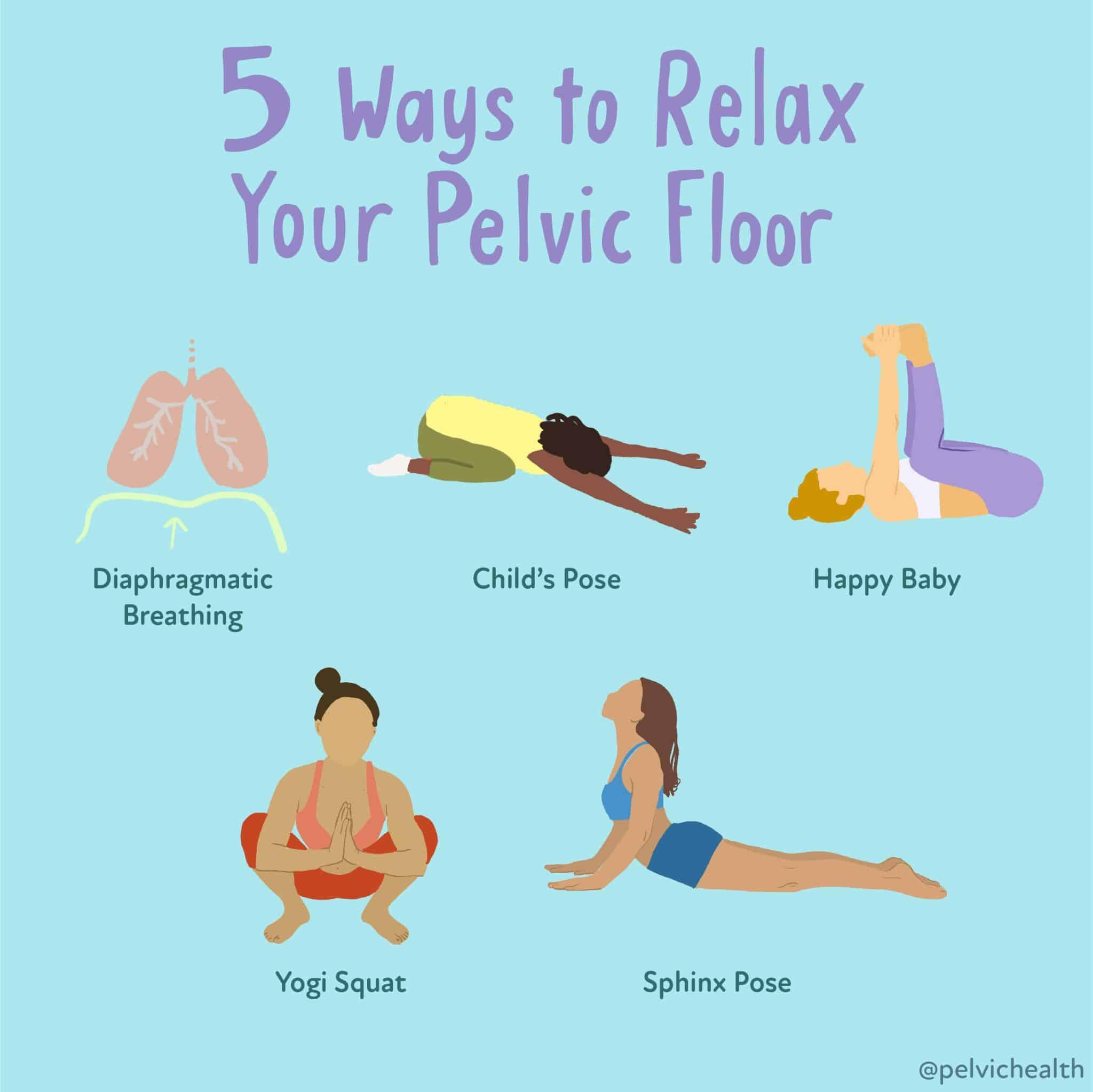
Integrating Pelvic Strengthening into Your Daily Routine
Integrating pelvic strengthening exercises into your daily life doesn’t have to feel like a chore. it can be as simple as finding opportunities throughout your day where you can engage your pelvic floor muscles.Here are some easy ways to incorporate these exercises:
- Morning Routine: While brushing your teeth,practice kegel exercises by squeezing your pelvic muscles for a few seconds and then relaxing.
- During commutes: If you are driving or sitting on public transport, remind yourself to engage your core and pelvic region periodically.
- Work Breaks: Set a timer every hour to stand up and do a couple of pelvic lifts or squeezes, making it feel like a refreshing break.
Moreover,finding time for dedicated exercises is essential. Consider creating a weekly schedule that incorporates intentional pelvic workouts into your routine. Here’s a sample table to help you visualize your plan:
| Day | Exercise | Duration |
|---|---|---|
| Monday | Bridge | 10 minutes |
| Wednesday | side-Lying Leg lifts | 10 minutes |
| Friday | Pelvic Tilts | 10 minutes |
By establishing a routine that fits seamlessly into your day, you can empower your core without overwhelming yourself.Consistency is key, so find what works best for you and enjoy the journey towards a stronger pelvic floor.
Insights and Conclusions
As we conclude our exploration of empowering your core through the strengthening of pelvic muscles, it’s essential to remember that the journey to enhanced core stability and strength is a personal one.With commitment and consistency, the exercises and techniques outlined in this guide can serve as invaluable tools in your wellness arsenal. Embrace the process, listen to your body, and celebrate the small victories along the way. Whether you’re a seasoned athlete or just embarking on your fitness journey,nurturing your pelvic muscles can profoundly impact your overall health,posture,and confidence.So, step forward with intention, harness the strength within you, and let your empowered core support you in every endeavor life presents. Your journey to a stronger core—and a stronger you—begins now.

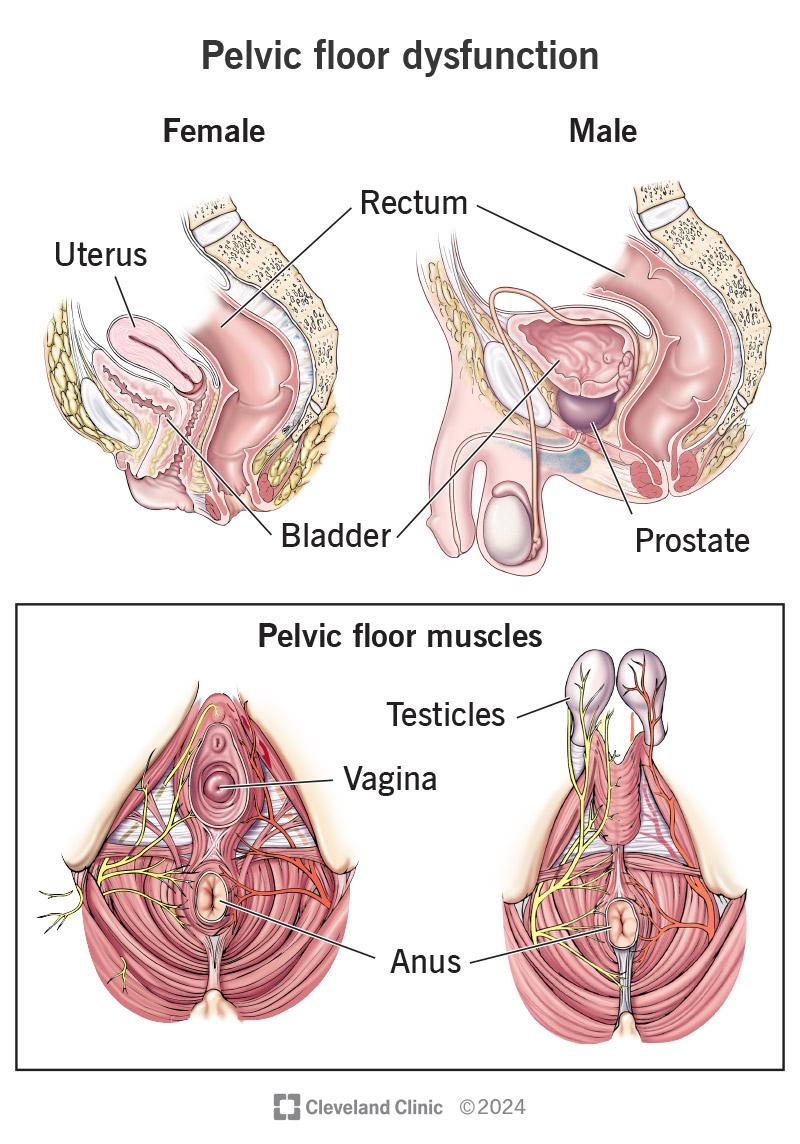
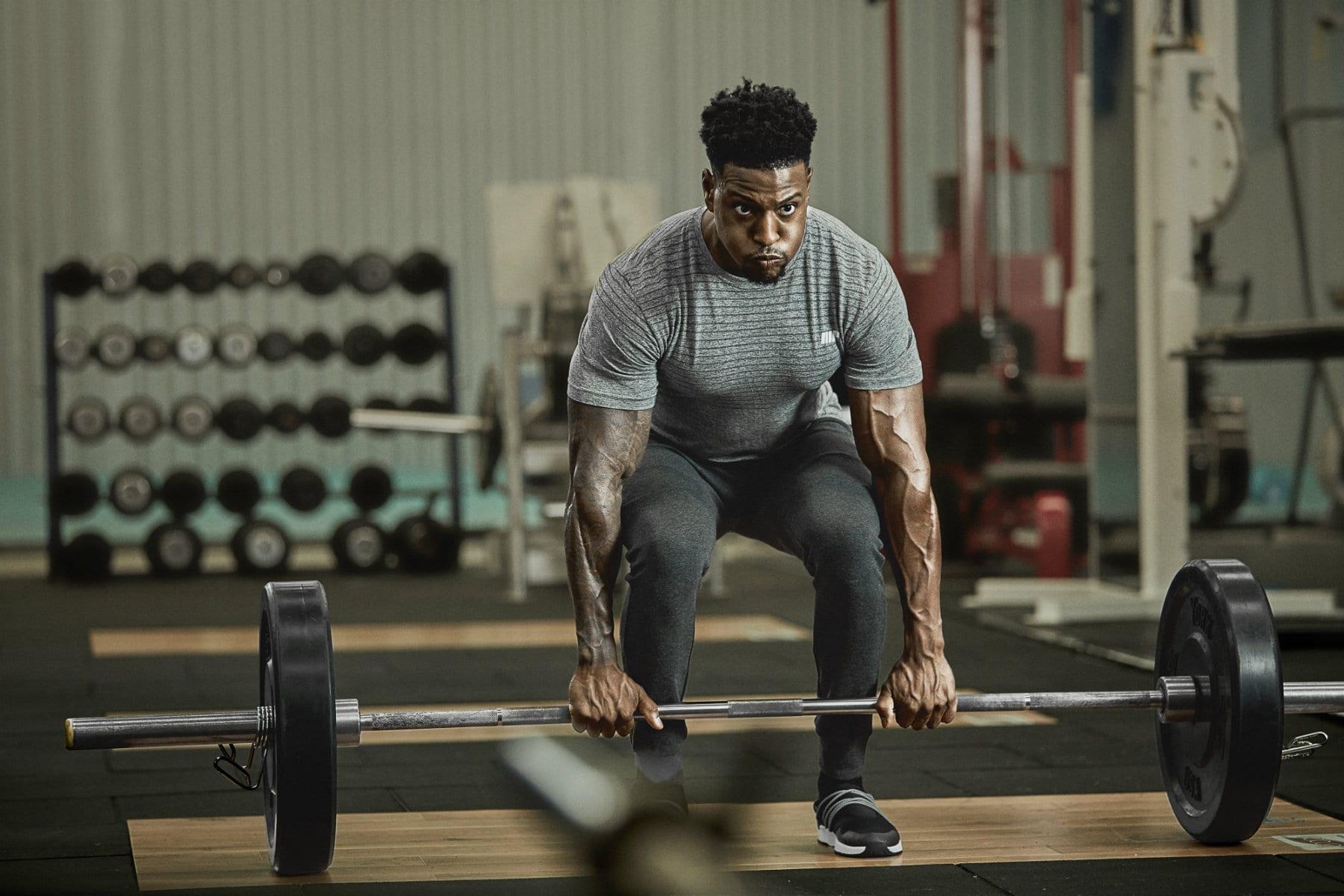

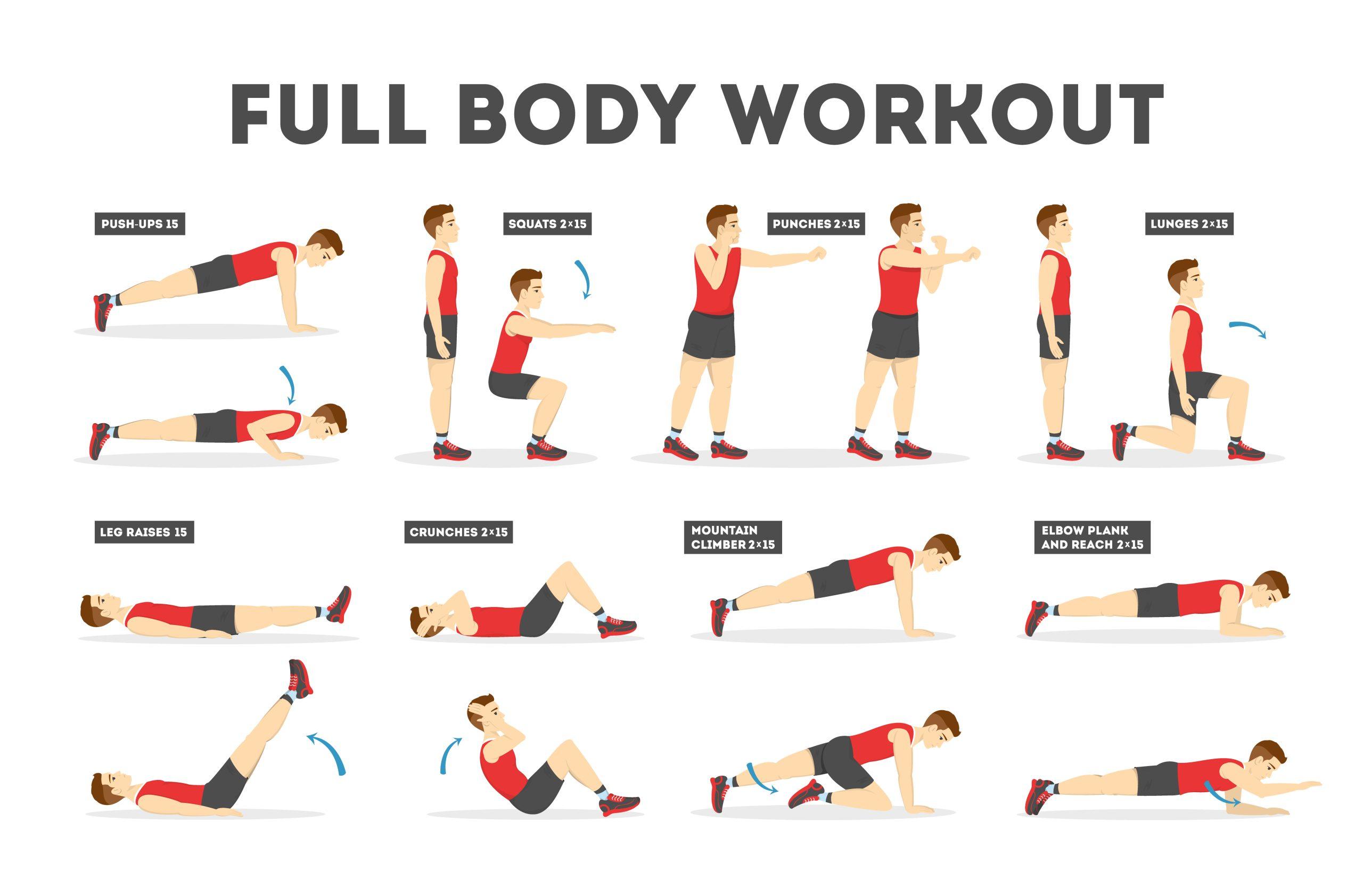


Leave a Reply